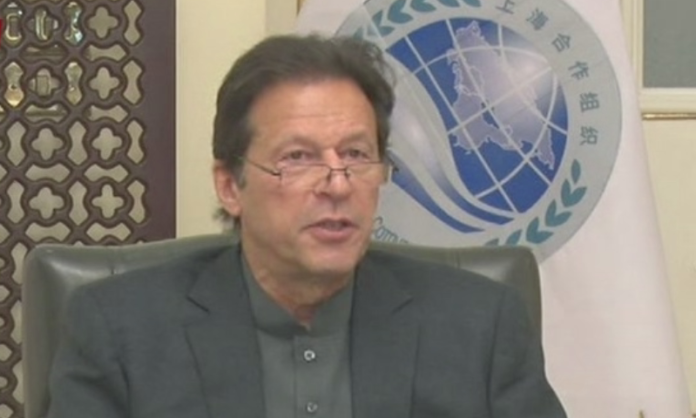ISLAMABAD: Prime Minister (PM) Imran Khan has suggested a five-point framework to fight the Covid-19 pandemic and recover economies during a virtual address to the United Nations (UN) conference.
While addressing the 4th Session of the UN Conference on Trade and Development Intergovernmental Group of Experts on Financing for Development virtually on Monday, he said that while the novel coronavirus does not discriminate between the rich and the poor, ‘the most vulnerable people and countries have suffered the most and millions are likely to fall back into poverty”.
He urged expansion of the coverage of the COVAX facility in order to enable the developing countries to spend their precious resources on socio-economic development needs, in addition to the suspension of debt repayments for the most stressed countries until the end of the pandemic, and restructuring of public-sector debt under an agreed and inclusive multilateral framework besides, expanding concessional financing through multilateral development banks.
According to a local media report, the premier called for the general allocation of Special Drawing Rights of $500 billion to help alleviate balance-of-payment pressures. He also urged devising a viable framework for an equitable and affordable supply of Covid-19 vaccine to developing countries.
He stressed that developed countries should meet the agreed target of mobilising $100 billion annually for climate action in developing countries.
























